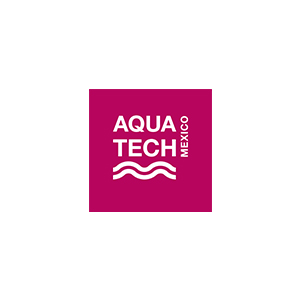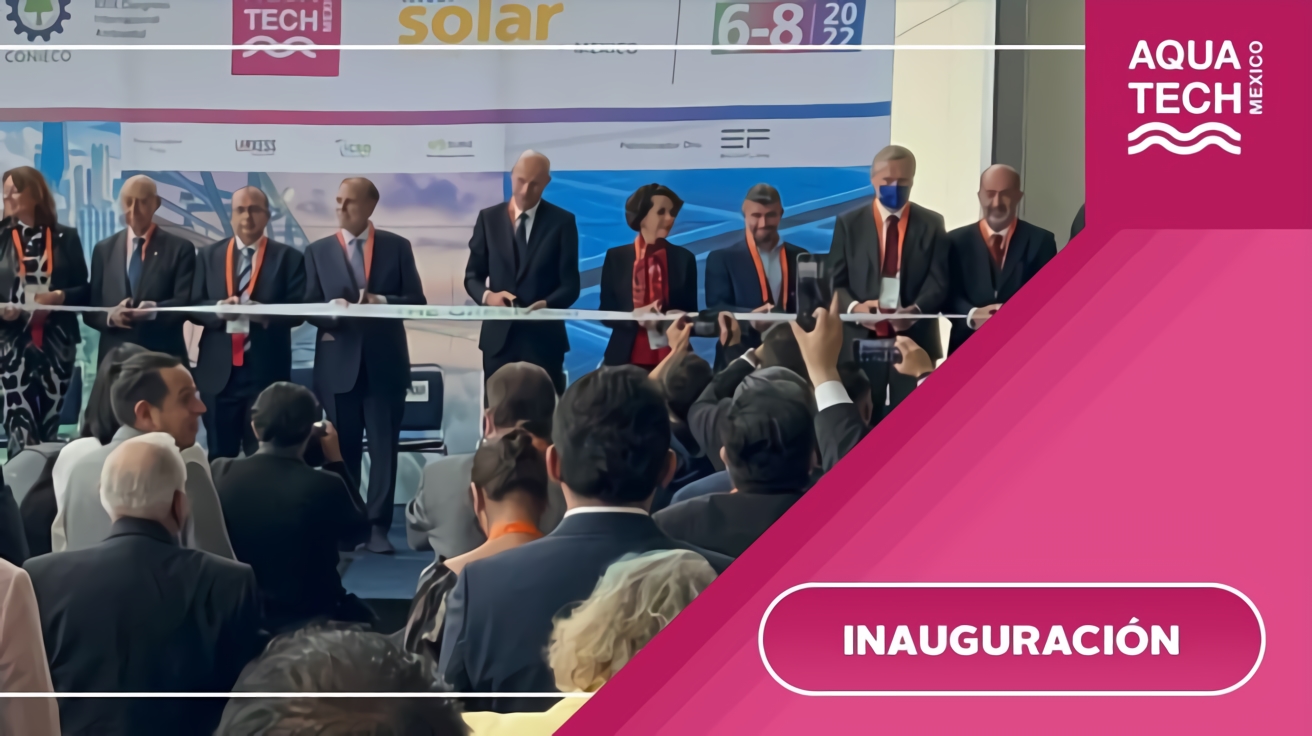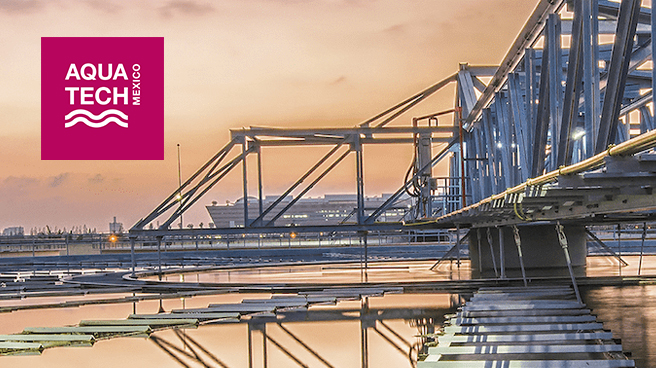US state California has become the world's first city to require the testing of drinking water for microplastics as it looks to tackle the challenge head-on. Aquatech looks at what the new requirements includ and whether this could start a domino effect across the globe.
A world first
Water regulators in US state California have become the world's first to require the testing of drinking water sources for microplastics.
The State Water Resources Control Board unanimously approved a policy handbook for testing water supplies for microplastics over four years.
Under the newly approved plan, up to 30 of the state’s largest water providers must start quarterly testing for two years, beginning in the autumn of 2023.
“California is really getting out there and being first.”
“There’s no other place in the world — literally in the world — that has standardised methods for how you do this or has a monitoring program to look at drinking water,” said Steve Weisberg, executive director of the Southern California Coastal Water Research Project.
“California is really getting out there and being first.”
Testing will start with only source waters, instead of the water that providers send to taps after treatment, according to Scott Coffin, research scientist, State Water Resources Control Board.
It's estimated that there are trillions of plastic particles and at least 100,000 tons of microplastics floating on the ocean surface.
One of California's most significant challenges when building a standard is the severe lack of data coverage on the levels of microplastics in drinking water supplies and the effect on public and environmental health.
“We’ve known about the issue for decades. The public has been asking for governments to do something about it for a good 10 or 15 years," added Coffin.
It is thought that the estimated cost of the new testing will be between $1,000 and $2,000 per sample.
Who pays?
“The use of new methods would require a demonstration study and place the burden of cost and efforts to conduct the study onto the public water systems,” according to the Association of California Water Agencies and California Water Association.
“The human health effects from microplastics is a state-wide issue, and therefore justifies the use of state funds to supplement the cost born by public water agencies to participate in this process," the association went on to say.
One of the biggest challenges is the lack of a globally standardised method for testing the levels of microplastics in drinking water.
What's in the handbook?
The Policy Handbook includes an iterative, two-step, four-year plan for monitoring and reporting on microplastics.
It outlines four main objectives:
- Adopt a standard methodology to be used in the testing of drinking water for microplastics
- Adopt requirements for four years of testing and reporting of microplastics in drinking water, including public disclosure of those results
- Consider issuing a notification level or other guidance to aid consumer interpretation of testing results; and
Accredit qualified California laboratories to analyse microplastics.
The handbook champions two methods to become the standardised method of analysis: infrared spectroscopy and raman spectroscopy.
According to Coffin, one method involves evaluating the particles under a microscope to determine their size, shape, colour, and number, while the other involves using a laser to determine exactly what the sample water consists of.
 Pages you might like
Pages you might like








 Exhibitions you may be interested in
Exhibitions you may be interested in
 Latest information
Latest information
 Follow official account
Follow official account
 Online support
Online support
 鄂ICP备2022017323号
鄂ICP备2022017323号
 鄂公网安备 42018502006493
鄂公网安备 42018502006493
 Launch Exhibition
Launch Exhibition
 Release information
Release information



 Today's topic
Today's topic










